Can the Indian team finally make it past this hurdle? After years of promise and near-misses, India heads into the Women’s Cricket World Cup with perhaps their most balanced and formidable squad ever assembled. With the tournament being held at home, this represents the perfect opportunity for Indian cricket to achieve glory on the biggest stage.
The squad announcement revealed remarkable consistency – only one change between the Australia series and World Cup squads, with Sayali Satghare being replaced by Amanjot Kaur due to injury recovery. This stability reflects the team management’s confidence in their chosen combination & augurs well for Indian cricket moving forward.
Top Order: Foundation of Success
The Opening Partnership Revolution
Pratika Rawal represents the new generation of Indian cricket. Her inclusion in the World Cup squad showcases India’s faith in youth, despite her limited international experience. What sets Rawal apart is her ability to build innings methodically at the top of the order, gradually settling into her rhythm before unleashing her array of strokes.
The young opener’s approach perfectly complements her partner’s style. She’s someone who gets starts and, once settled, transforms into a stroke-maker. Her recent series against England marked her first real test against a stronger cricketing nation. The concern remains her limited exposure to big teams, making the Australia series crucial for her tournament preparation.
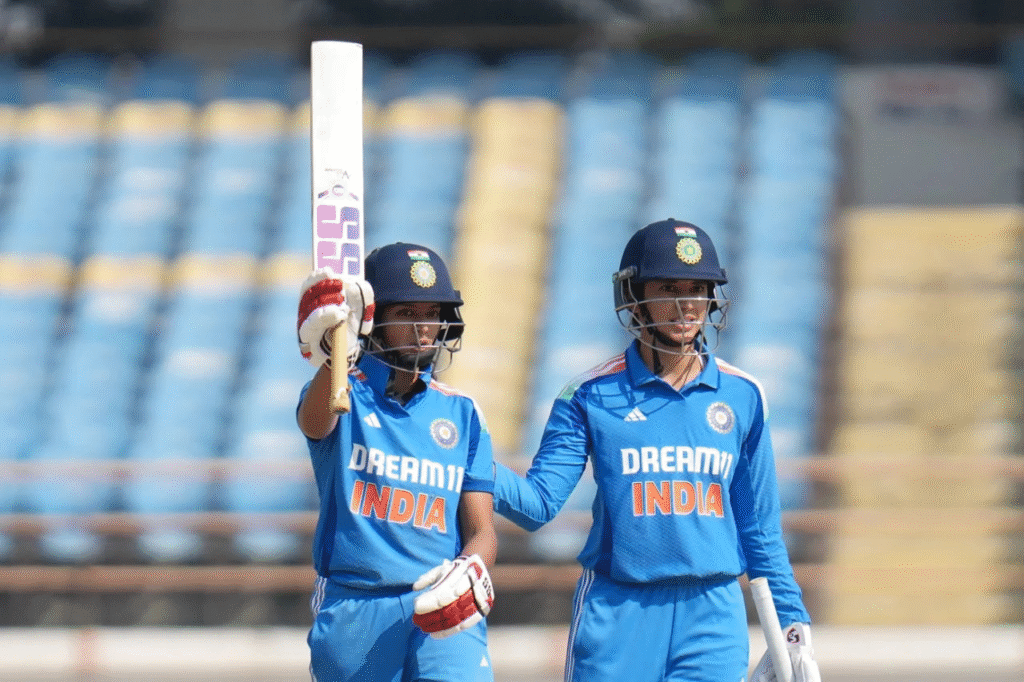
Smriti Mandhana needs no introduction. At just 29, she’s already established herself as one of India’s most consistent run-scorers and the most prolific century-maker for the country. Her left-handed elegance provides the perfect contrast to Rawal’s right-handed, measured approach.
What makes Mandhana special isn’t just her individual brilliance but how she elevates her partner’s game. The Rawal-Mandhana combination has already become India’s third most formidable opening partnership in ODI cricket, proving their chemistry will be vital for tournament success.
The Anchor at Number Three
Harleen Deol has undergone a remarkable transformation throughout her career. Initially criticized for her strike rate, she’s evolved into a player who provides crucial solidity in the middle order. Her role in the tournament setup is clear – be the anchor who builds partnerships and provides stability when the top order falls.
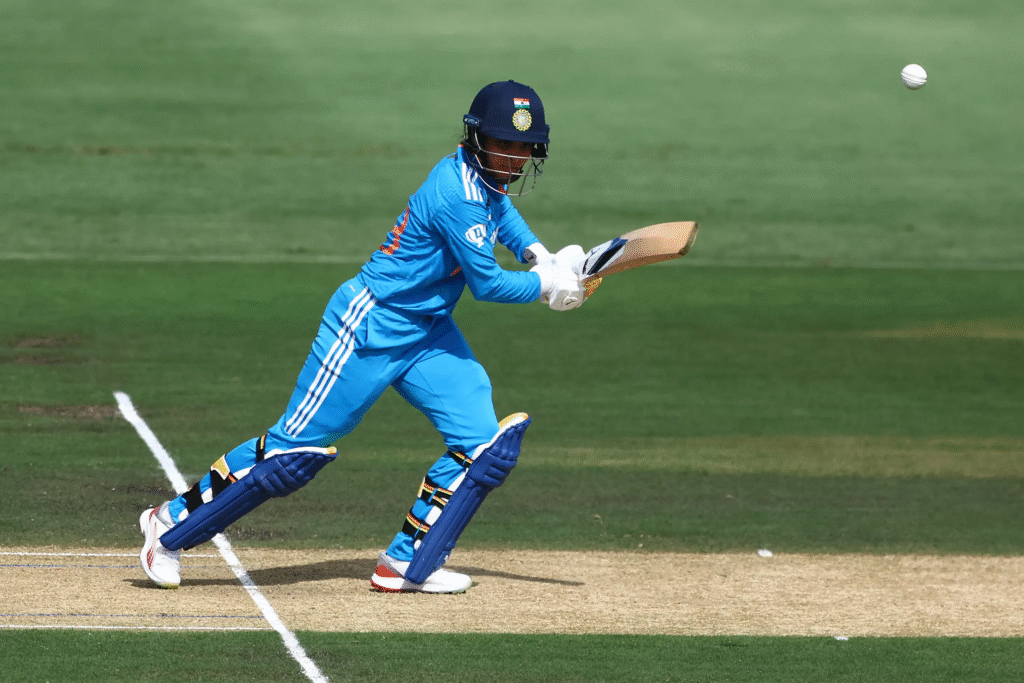
Deol’s recent maiden ODI century demonstrates her growing confidence in converting starts into substantial scores. Her ability to rotate strike and build partnerships makes her invaluable, though she faces competition from wicket-keeper Yastika Bhatia for the number three spot. The Australia series becomes crucial for cementing her tournament position.
Middle Order: India’s Greatest Asset At The Women’s Cricket World Cup
The Captain’s Leadership
Harmanpreet Kaur brings unparalleled experience to this tournament campaign. At 36, she’s entering the twilight of her career but remains India’s most successful ODI captain. Her journey from a young talent to seasoned leader encapsulates Indian women’s cricket evolution.
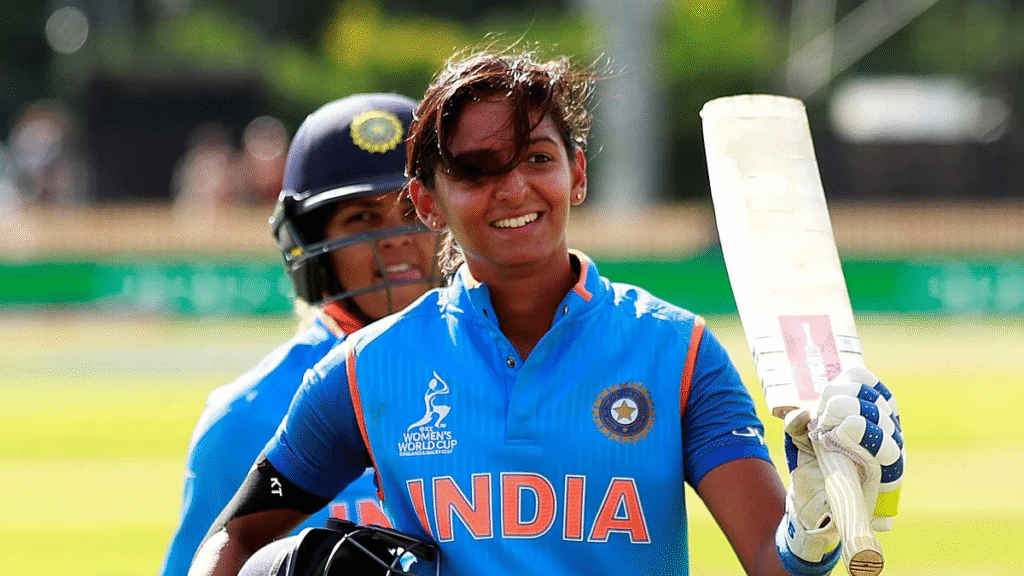
Kaur’s greatest asset isn’t her career statistics but her ability to deliver under pressure. Her famous knocks – the 171 against Australia and 143 against England – showcase a player who rises when the stakes are highest. For the tournament, her experience and ability to explode once settled make her irreplaceable despite occasional consistency concerns.
The Rising Star
Jemimah Rodrigues represents everything positive about Indian cricket’s future. Her continuous improvement since debut addresses early career criticisms about strike rate and finishing ability. The transformation is evident – her recent strike rate improvements show a player adapting to modern cricket demands.
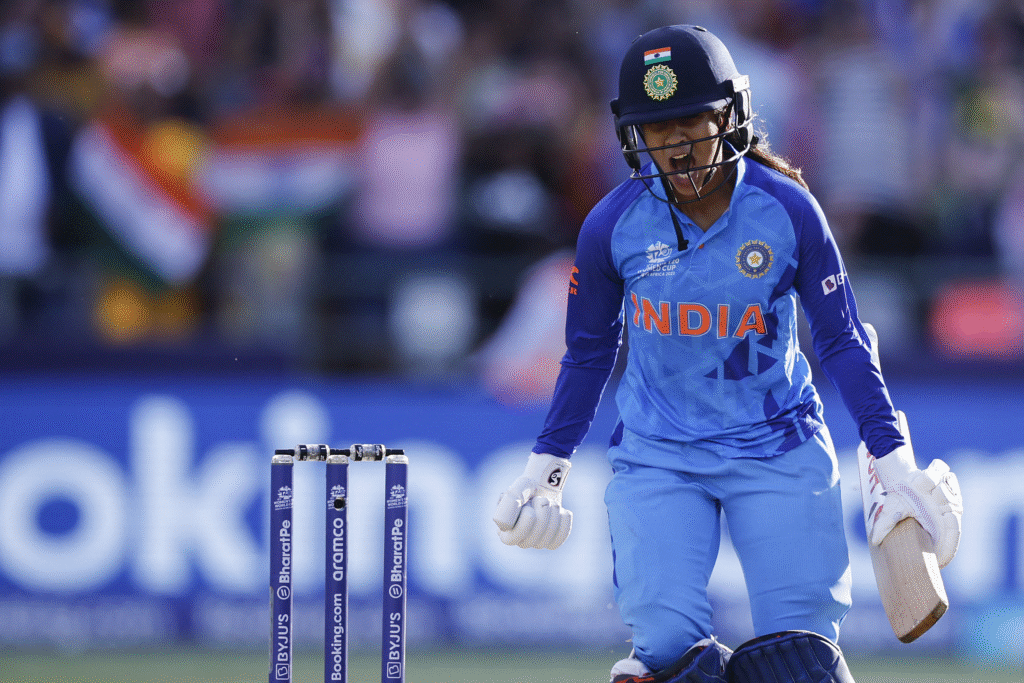
What makes Rodrigues perfect for the women’s cricket world cup is her versatility. She can play the big game when needed, bat under pressure, rotate strike efficiently, and ensure the scoreboard keeps ticking regardless of the situation. Her two recent centuries demonstrate her growing maturity as a middle order batter.
The Explosive Wicket-Keeper
Richa Ghosh brings a dimension Indian cricket has long craved – explosive wicket-keeping. While Yastika Bhatia might be technically superior behind the stumps, Ghosh’s consistency under pressure makes her the first-choice keeper for the tournament.
Her ability to maintain explosive intent even in pressure situations, demonstrated against both England and Australia, makes her invaluable. In a format where lower-order acceleration often determines outcomes, Ghosh provides the spark that can transform modest totals into winning ones.
The Complete All-Rounder
Deepti Sharma stands as arguably India’s greatest all-rounder and a cornerstone of their tournament ambitions. Her dual role as a reliable batter and wicket-taking bowler provides the balance every successful World Cup team needs.
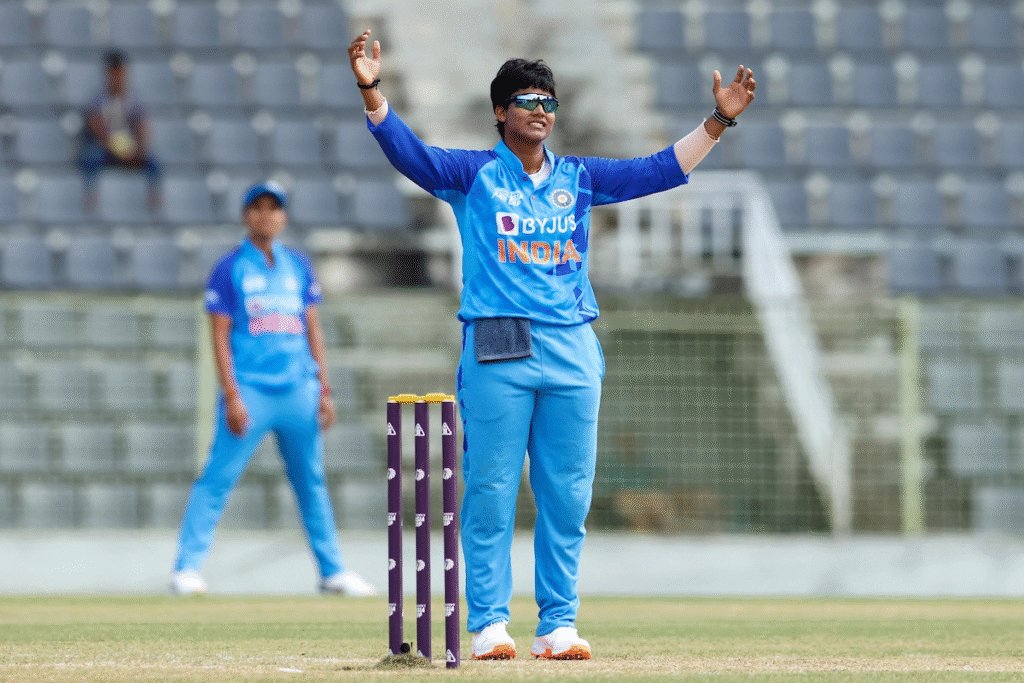
Sharma’s batting numbers alone would warrant selection as a pure batter, but her bowling makes her indispensable. Her ability to operate in any phase of the game, combined with her experience, makes her the player India will lean on most during the tournament.
Readers may also like: Veda Krishnamurthy: The Biggest “What If” in Indian Women’s Cricket
Lower Order: The Women’s Cricket World Cup Specialist Department
The Spin Twins
Radha Yadav has emerged as India’s premier left-arm orthodox spinner just in time for the tournament. Her recent form, combined with her leadership qualities demonstrated as captain in the India A series vs Australia A, make her a certain starter.
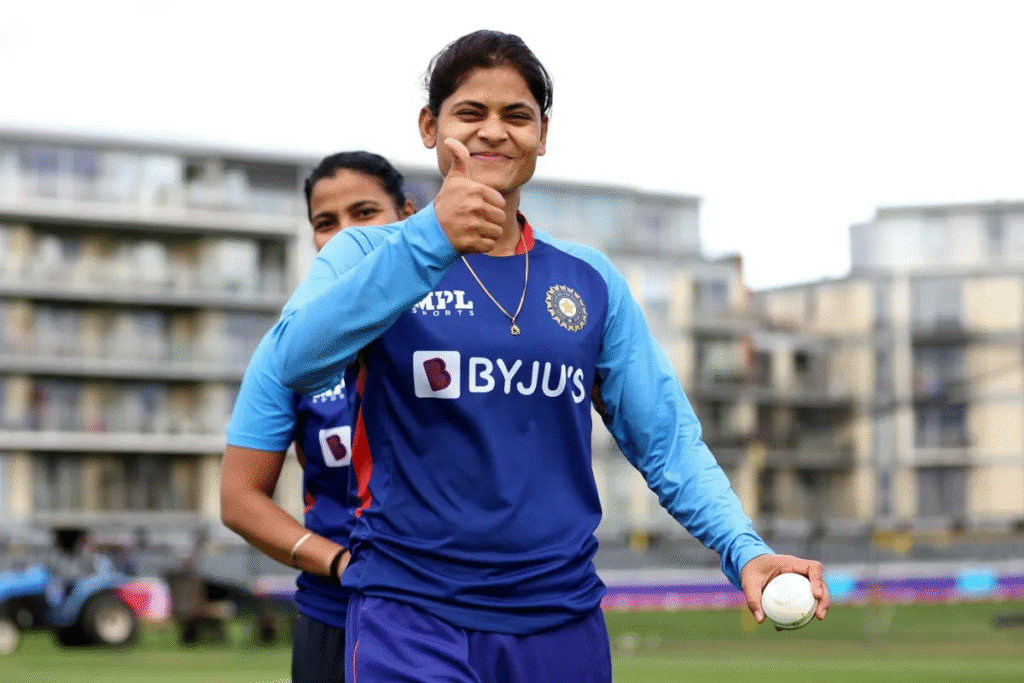
Beyond her bowling, Yadav brings additional value through her batting ability and exceptional fielding. In a tournament where every run and chance counts, her all-around contributions could prove decisive for India’s campaign.
Sneh Rana provides the perfect complement to Sharma’s off-spin with her more orthodox approach and different angle of attack. Her role in the tournament will be crucial in the middle overs, where her consistent bowling can build pressure and create opportunities.
The Pace Spearhead Returns
Renuka Singh Thakur overcame injury concerns to secure her spot in the tournament squad. Her inclusion was uncertain until recently, making her selection a massive boost for India’s bowling balance.
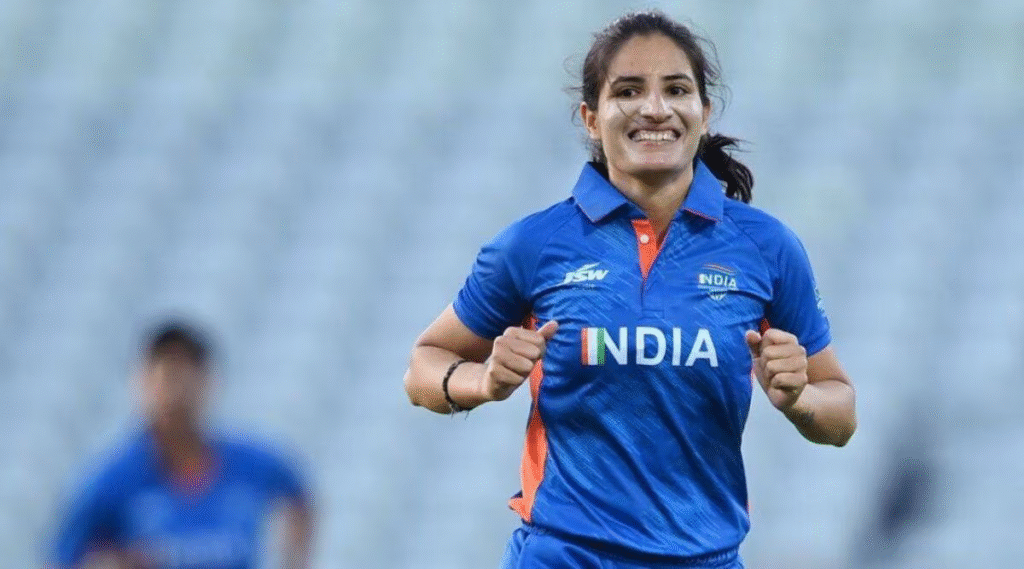
Thakur’s ability to swing the ball both ways and bowl effectively in all phases makes her India’s most complete fast bowler. With the tournament being held in subcontinental conditions, she might be the only pacer in several playing elevens, increasing her importance exponentially.
The Emerging Bowling Options
Kranti Goud shot to prominence with her six-wicket haul against England, announcing herself as a player with something special. Her ability to swing the ball in provides a different dimension to India’s attack, though her expensive nature is balanced by her wicket-taking ability.
Arundhati Reddy offers reliability and economy, providing a dependable second pace option. Her economical bowling could prove crucial in tournament matches where controlling run rates becomes as important as taking wickets.
Shree Charani serves as the backup left-arm spinner, ready to step in if needed. While Radha Yadav is the first choice, having reliable spin depth is crucial for any successful campaign.
The Australia Challenge: Final Hurdle Before Glory
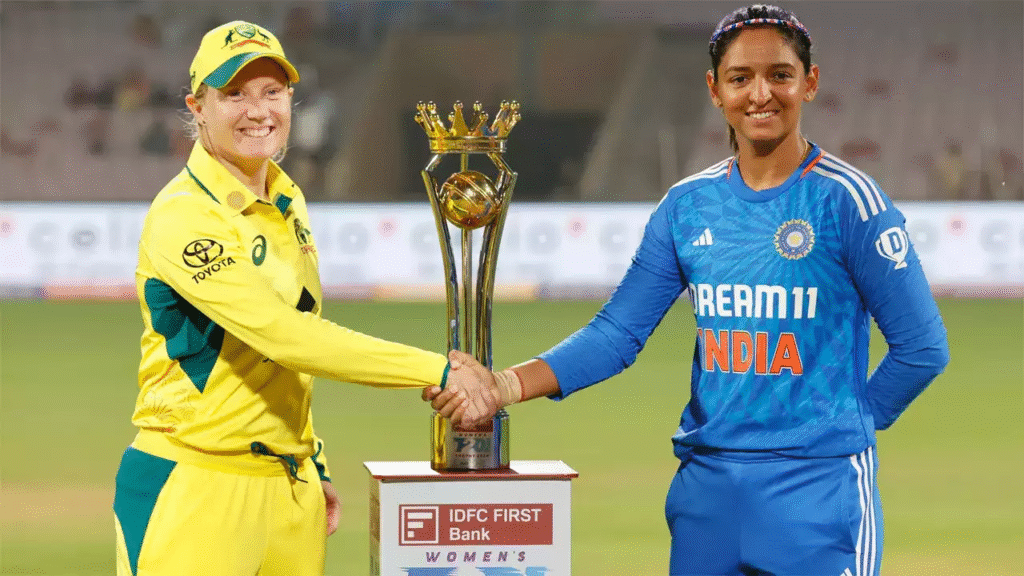
The upcoming Australia series represents more than just preparation – it’s India’s chance to overcome their biggest psychological barrier before the tournament. Australia has been India’s kryptonite, with just one win in their last nine ODI encounters.
Why This Time Could Be Different
Improved Fielding: The last series saw India drop 10 catches in three matches, including seven in one game. The current squad has demonstrably improved as a fielding unit, addressing a critical weakness.
Middle Order Revolution: This tournament squad boasts India’s strongest-ever middle order. The collective average and strike rate of positions 5, 6, and 7 represent a dramatic improvement, reducing over-reliance on top-order stars.
Bowling Experience: Unlike previous encounters where only Deepti Sharma and Renuka Singh had significant ODI experience, the current bowling lineup is battle-tested. The consistent game time given to Radha Yadav, Sneh Rana, and others has created a reliable bowling unit.
The Perfect Storm for Success
This women’s cricket world cup represents the perfect convergence of factors for Indian success – right from team makeup, balance, home venues as well as current form.
The question isn’t whether India has the talent for tournament success – it’s whether they can overcome mental barriers and convert potential into performance when it matters most.
Much will depend on how India performs against Australia in the lead-up series. A good showing there could provide the confidence boost needed to finally claim cricket’s ultimate prize on home soil.

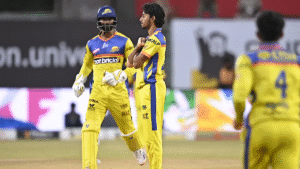


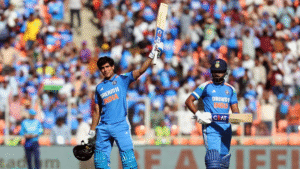
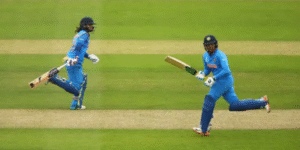
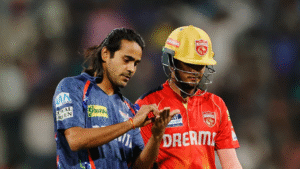
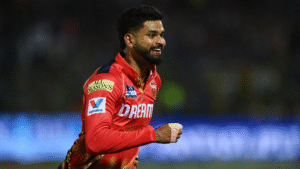
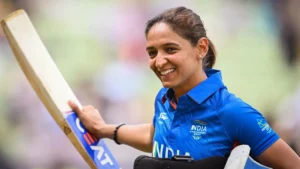
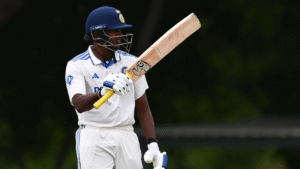
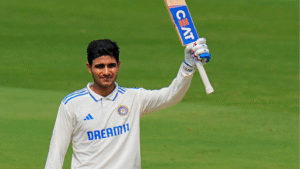
so good, can see the efforts you guys have put here. loved it. need more of these